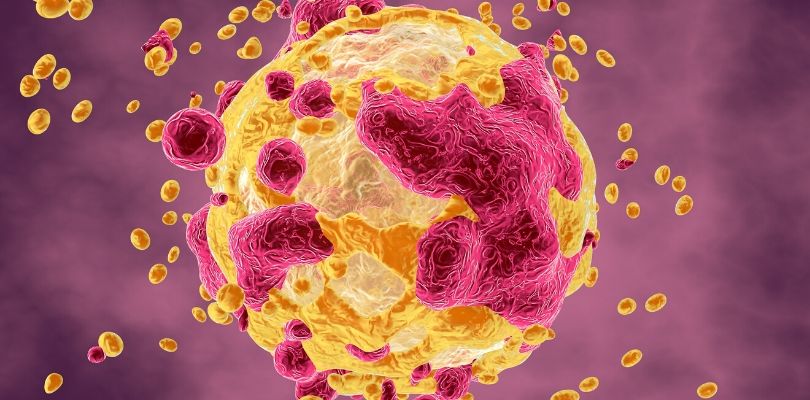Photo Credit: monkeybusinessimages / iStockPhoto.com
How Detailed Understanding of Stages Can Help You Understand Your Treatment Options
If you’ve recently been diagnosed with cancer, you may be confused with all of the jargon. Terms like “stage I” and “in situ” may mean something to your oncologist, but unless they’ve been explained to you, they are likely to mean very little.
You may wonder why staging cancer is important. You know you’ve got cancer and you require treatment — so what’s with all of the crazy letters and numbers?
Staging cancer is important for a number of reasons. It allows those treating you to have an idea of your prognosis. It also guides your treatment — if you have cancer that is a stage I, your treatment will be very different from someone who has been diagnosed with cancer that is a stage IV.
Cancer staging is also important for research; when doctors are studying various treatments, knowing cancer stages is helpful when measuring and evaluating outcomes.
There are various ways to stage cancer. Below we’ve outlined some of the more common ways for you.
The Five Stages
Stage 0 is means there are abnormal cells but they have not spread to any nearby tissues.
Stage I, stage II and stage III means cancer is present. Stage III notes that cancer has spread into nearby tissues more than stage II and stage I.
Stage IV means that cancer has metastasized (or spread) to other areas of the body.
Hospice is a service for those who are unlikely to live for more than 6 months; patients and their loved ones can live well despite the terminal diagnosis.
The TNM System
The TNM System is a highly detailed way to stage cancer. “TNM” is an abbreviation for tumor, nodes and metastasis — this staging system notes whether the cancer is localized to just the tumor, or whether it has spread to nearby lymph nodes or surrounding tissues and organs.
Using this system, doctors use the series of TNM with numbers and other letters; for example, T2N0M0. These letters and numbers signify whether a tumor can be found and if has spread to surrounding lymph nodes and metastasized.
Tumor (T):
- TX: Tumor can’t be measured
- T0: Tumor can’t be found
- T1, T2, T3, T4: The size of the tumor; the higher the number, the larger it has grown.
Lymph Nodes (N):
- NX: Cancer in lymph nodes can’t be measured
- N0: Cancer in lymph nodes can’t be found
- N1, N2, N3: The amount of lymph nodes that contain cancer; the higher the number, the more lymph nodes are affected.
Metastasis (M):
- MX: Metastasis can’t be measured
- M0: Cancer has not spread
- M1: Cancer has spread
Often, the TNM system is used in conjunction with the five stages discussed above.
The TNM system is used for lots of types of cancers, but not for all cancers. For example, leukemia is not staged using this system because it is a cancer of the blood and does not have a tumor.
The International Federation of Gynecologists and Obstetricians uses its own staging system to stage cancers of the female reproductive tract, although it is similar to the TNM system. Older doctors may also use older systems for staging cancer.
Other Terms to Describe Cancer
You may hear other terms used to stage cancer; these terms are locational terms used to describe the location of your cancer or where your cancer has spread.
Unknown means there is not yet enough information available to stage your cancer.
Distant means your cancer has spread to an area of the body that is distant from where the cancer originated.
In situ means there are abnormal cells but they have not yet spread to nearby tissue; this may be a precursor to cancer.
Localized means there is cancer present but it has not spread — it is still in the place that it originated.
Regional means cancer has spread to nearby lymph nodes, tissues and organs. It is still in the same area as where it originated and has no spread to distant parts of the body.







